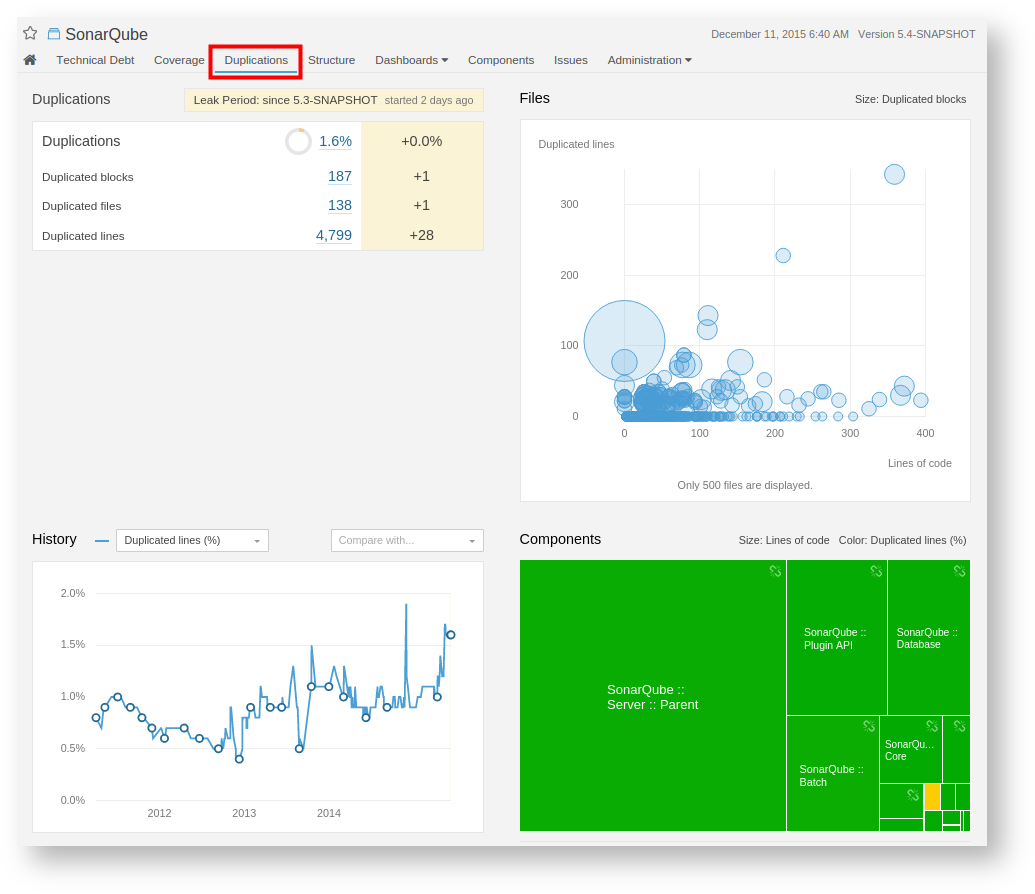
If you want to know more, checkout the SonarQube docker page.

Please note that this setup is not recommended for production. It seems that this project needs some attention. If all goes well, you've just created your first report and can access it on localhost on port 9000! Because the local SonarQube server stores every analysis in an internal H2 database you can even see what has changed since the last run. Starting the SonarQube server will take several minutes.Īfter it has started, you can generate a sonar report of your maven application with the followng command: mvn sonar:sonar To start a SonarQube instance you run the following command: docker run -d -name sonarqube -p 9000:9000 -p 9092:9092 sonarqube Luckily, it's now very easy to get your own SonarCube server running.īasically you only need a docker installation and a few simple steps. The inspection shows issues in two files which were modified before the analysis.I recently wanted to do some source code analysis and found it difficult to find a good eclipse plugin.

It gives the developers a chance to check and make sure they aren’t introducing any new defects or technical debt in the code they have added or modified. SonarQube provides a plugin for IntelliJ (and Eclipse as well) which is a great tool to perform dev-box code analysis before committing or checking-in your changes.


 0 kommentar(er)
0 kommentar(er)
